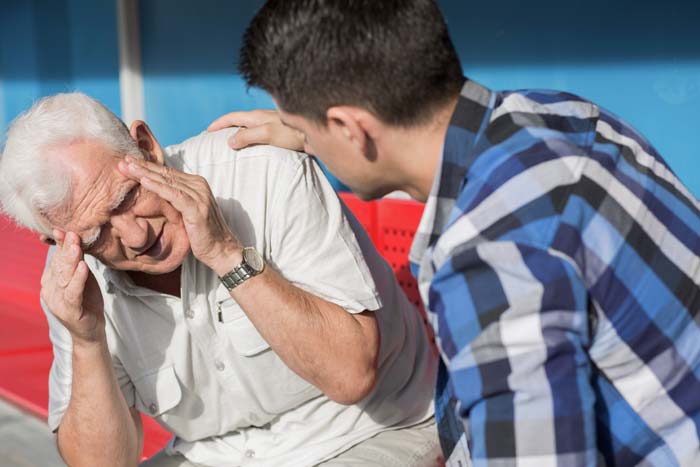There are a whole host of inner ear problems that cause balance issues – could you have one of them?
There are many different reasons you could be suffering with balance issues. While many people will experience balance problems later in life, there can also be other reasons that cause chronic balance issues to persist.

While a lot of people experience “dizziness”, it can mean different things to different people. To some, dizziness is a passing feeling that occasionally happens when they get too hot, or feel unwell. However, to others it can be an intense sensation of spinning that lasts a long time.
Often, balance issues are caused by infections in the inner ear, a head injury or a lack of blood circulation to the head. You may also experience problems with your balance as a result of issues with your skeletal or visual systems, for example arthritis or eye muscle imbalance.
Get a FREE Brochure
Simply complete our form to see a full range of bathing solutions & their key features. It takes no time at all!
Below are examples of disorders or diseases that could be causing you to have balance issues. If you are continuing to experience problems with your balance you should speak to your GP as soon as you can.
Meniere’s disease
Meniere’s disease is caused by a change in fluid volume within parts of the labyrinth, which is inside the ear. However, the exact cause is still unknown, although it can affect adults of any age. Meniere’s disease is known, however, to cause episodes of vertigo, hearing loss and tinnitus. There’s currently no cure, although there are plenty of medications to treat the symptoms.
Benign paroxysmal positional vertigo (BPPV)
Benign paroxysmal positional vertigo (BPPV) – more commonly known as positional vertigo – is a balance disorder characterized by brief, intense singular episodes of vertigo. These episodes are brought on by changes in the position of the head. If you have BBPV, it might feel like you’re spinning when you look upwards, or over your shoulder. The feeling of vertigo can also be triggered by rolling over in bed.
The cause of BBPV has only recently been discovered. It is caused when parts of the inner ear stop working correctly. Loose otoconia tumble into the semicircular canals, weighing down on the cupula. This means that the cupula becomes unable to flex properly, sending the wrong information about your head’s position to your brain. This then causes vertigo.
Labyrinthitis
Labyrinthitis is a disorder of the inner ear. It mainly affects the labyrinth of the ear, where its name comes from. During labyrinthitis, the labyrinth becomes inflamed and this affects your hearing and balance. Labyrinthitis is a common secondary symptom of upper respiratory tract infections, for example the flu.
Vestibular neuronitis
Vestibular neuronitis is primarily caused by viruses, which in turn affect the vestibular nerve, making it inflamed. People suffering from vestibular neuronitis experience episodes of vertigo. If you suspect you have one of these disorders, or you have any other problems with your balance, you should seek advice from your GP immediately.
If your loved ones have any of these issues above and require immediate attention to their bathroom safety, check out our guide on disability bathroom costs to see what kind of mobility bathroom could suit you.






